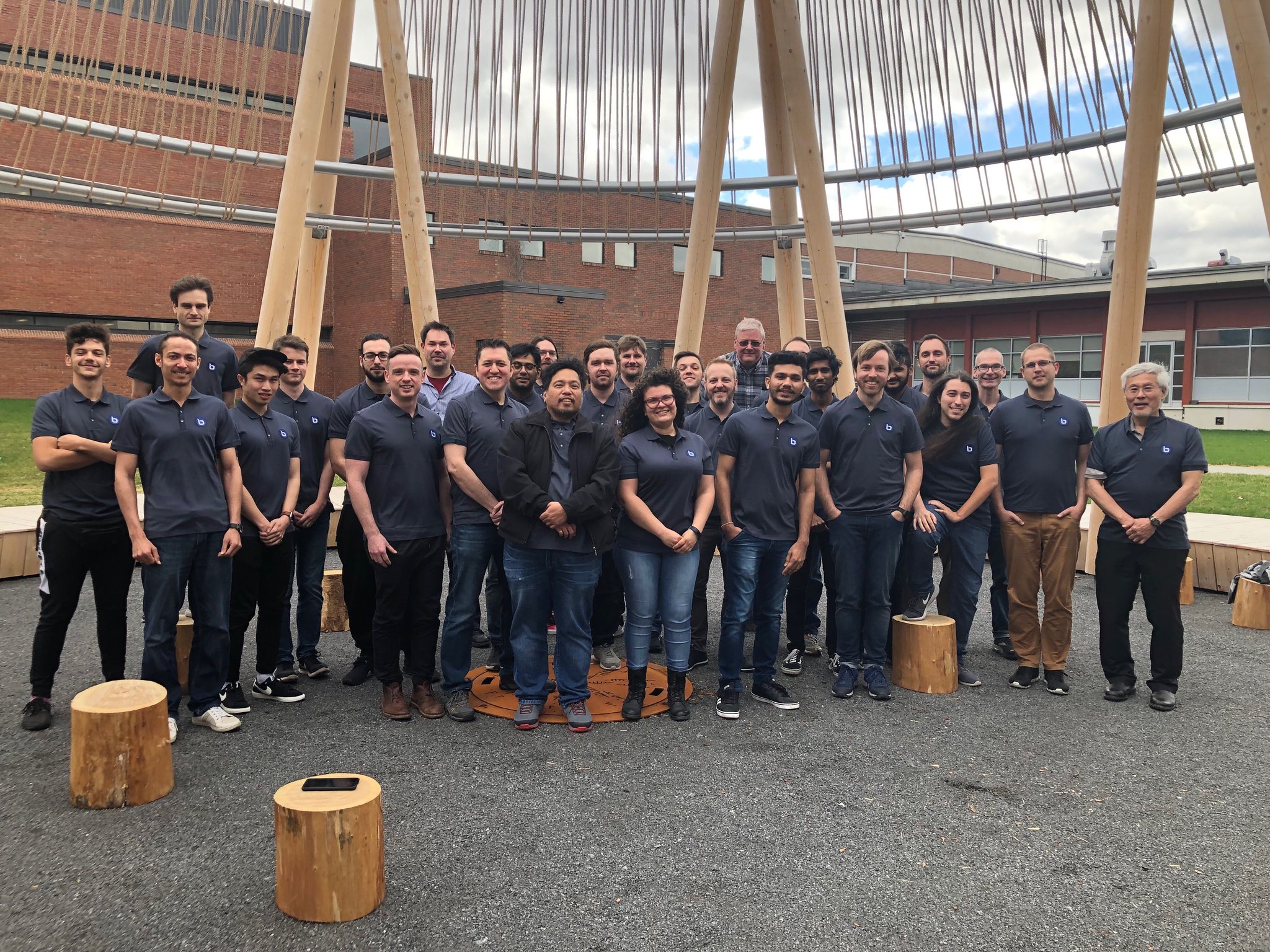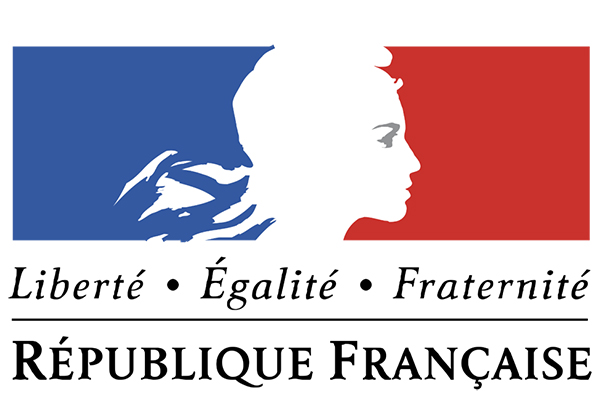How Open-Source Virtual Classrooms Provide Data Sovereignty
The issue of data security and sovereignty is a good way to illustrate the power of open source. We are all becoming more conscious of our online data and how it is being used. We are doubly concerned about our children’s online educational data. This isn’t just a question of transparency and fairness, but of how long the data is kept and where. As an open-source educational solution, BigBlueButton has several advantages over commercial systems because of its ability to be configured to meet the government data regulations of the country in which it is deployed.
The toughest data protection in the world is found in the EU, which has led the world for almost two decades in protecting the online data of its citizens. The General Data Protection Regulations (GDPR), implemented in 2018, require that all data collected on citizens must be either stored in the EU, so it is subject to European privacy laws, or within a jurisdiction that has similar levels of protection. Since the EU’s regulations are the strictest in the world, this usually means that data must be kept in the EU.
Many cloud-based software solutions in the educational field do not meet these principles, or they are hosted in the cloud in countries outside the EU. This is a key factor that led education ministries in Germany and France to adopt BigBlueButton. To start with, they could ensure the sovereignty of student data by hosting the software in their own countries. But, as well, being an open-source solution, they could also adapt BigBlueButton to their own needs and to reflect their own data security laws.





